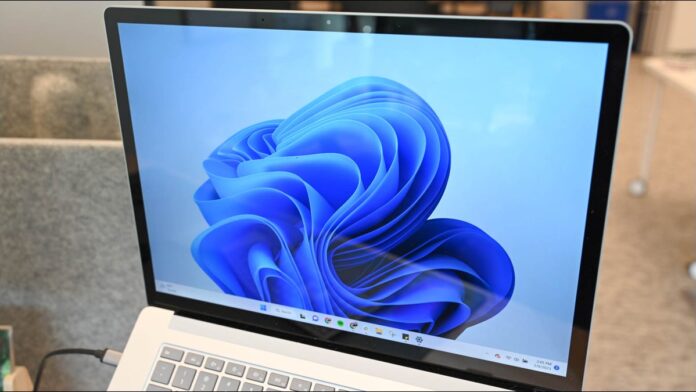[ad_1]
The system reserved partition is a partition dedicated to storing the boot manager, boot configuration data, and critical BitLocker files. You can delete the partition, but this frees up very little space. We recommend against.
Windows 10 and Windows 11 create a special “System Reserved” partition when you install them on a clean drive. Windows doesn’t normally assign a drive letter to these partitions, so you’ll only see them when you use Disk Management or a similar utility.
What does the system reserved partition do?
The System Reserved partition contains two important things:
The System Reserved partition is essential if you want to use BitLocker Drive Encryption, which cannot work otherwise. Important boot files are also stored here by default, although you can store them on the main Windows partition if you prefer.

When Windows creates the system reserved partition
The System Reserved partition consumes 100 MB of space in Windows 7, 350 MB of space in Windows 8, and approximately 500 MB of space in Windows 10 and Windows 11. The partition is usually created during the Windows installation process, just before have the installer allocate space for the main system partition.

Can you delete the system reserved partition?
Yes you can, but it takes a lot of work and will break something if you do it wrong. You In fact you shouldn’t mess with the system reserved partition; it’s easier and safer to leave it that way.
Warnings: Deleting the system reserved partition is risky and may prevent you from starting Windows.
Windows hides the partition by default instead of creating a drive letter for it. Most people never notice that they have a system reserved partition unless they turn on disk tools for other reasons. The System Reserved partition is required if you use BitLocker or want to use it in the future.
Prevent the system reserved partition from being created
If you really don’t want this partition on your drive, for whatever reason, you should ideally prevent it from being created in the first place. Instead of creating a new partition on unallocated space from Windows installer, you can create a new partition that consumes all unallocated space using another disk partition tool before running Windows installer.
When the time comes, point the Windows installer to the partition you created. The Windows installer accepts that there is no space for the System Reserved partition and installs Windows on a single partition. Note that you are still not saving the full 100MB, 350MB, or 500MB that the partition would have taken. Instead, the boot files should be installed on your system’s main partition.
To do this, you will need to use any disk partitioning software except the graphic one in the Windows installer. However, you can actually do this from the Windows installer. Just follow the steps below:
- Press Shift+F10 while installing Windows to open a command prompt window.
- Guy part of the disc in the command prompt window and press Enter.
- Create a new partition in the unallocated space using the diskpart utility. For example, if you have a single drive on your computer and it’s completely empty, you can simply type select disk 0 and then create primary partitions to select the first disk and create a new partition using the full amount of Unallocated space on the drive.
- Continue the setup process. Select the partition you created earlier when prompted to create a partition.

Delete an existing system reserved partition
A system reserved partition may be deleted after installing Windows. However, you cannot just delete the system reserved partition. Because the bootloader files are stored on it, Windows will not start properly if you delete this partition.
To delete the system reserved partition, you must first move the boot files from the system reserved partition to the main Windows system drive. And this is more difficult than it seems. It involves messing with the Registry, copying various files between drives, updating the BCD store, and getting the main system to control the active partition. In Windows 8, it also involves disabling and then re-enabling the Windows Recovery Environment. You will then need to delete the System Reserved partition and extend your existing partition to reclaim the space.
All of this is possible, and you’ll find several guides on the web to walk you through the process. However, Microsoft does not officially support the technique and we do not recommend it either. You’ll get very little space, less than the few hundred MB used by the System Reserved partition, at the cost of potentially crashing your operating system and losing the ability to use BitLocker drive encryption.
For reference, here’s why you shouldn’t just delete the system reserved partition. We used the GParted partition editor on an Ubuntu live CD to remove the system reserved partition and then made the main Windows system partition bootable without attempting to copy the boot files. We saw a message that our boot configuration data was missing and we would need to repair our computer with Windows installation media.

RELATED: The 10 Smartest Ways To Use Linux To Fix Your Windows PC
It may seem like this partition is cluttering up your drive and wasting space, but it performs important functions and deleting it frees up almost no space. It’s best to just ignore the partition, and if you really don’t want it there, prevent it from being created during Windows setup.
[ad_2]
